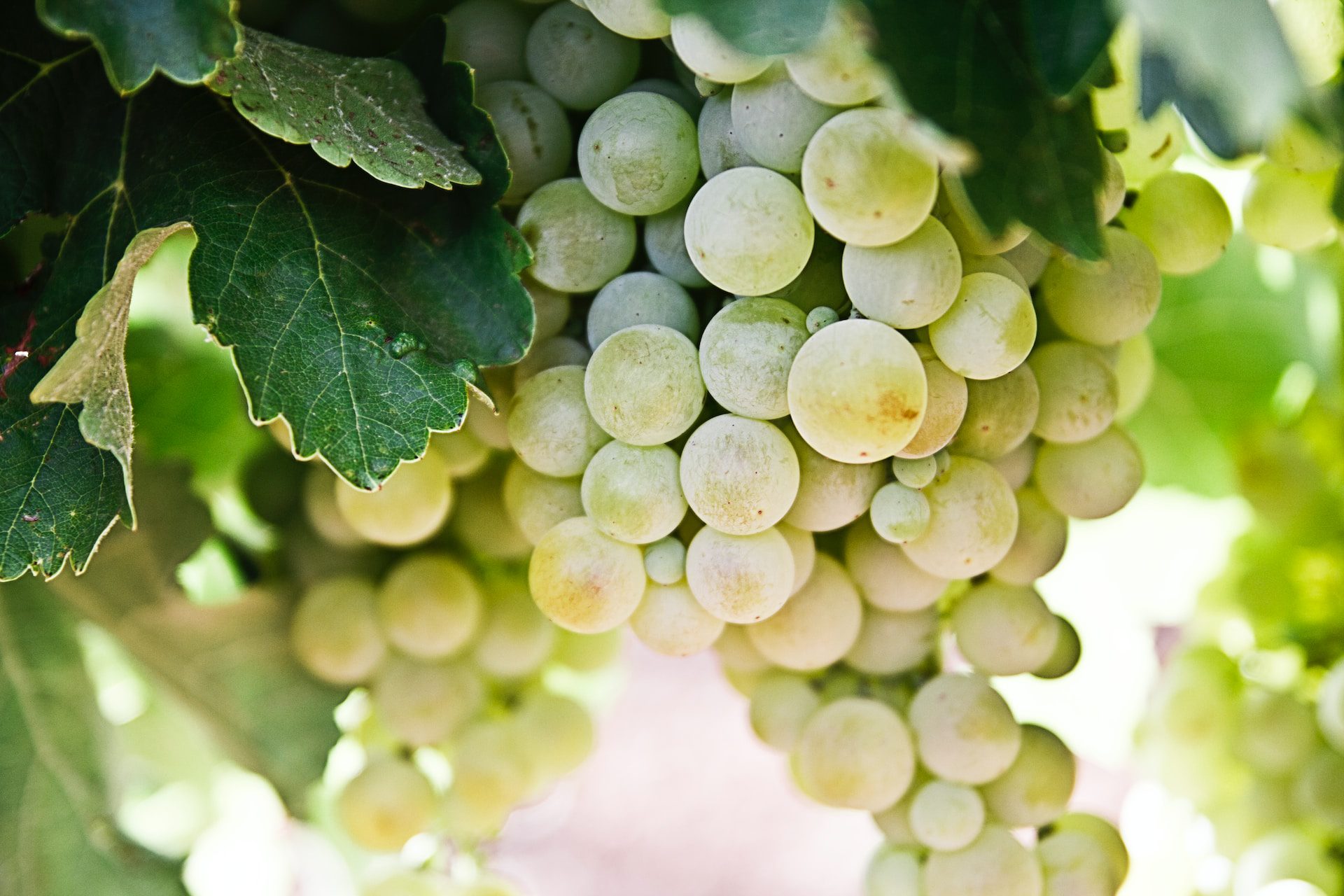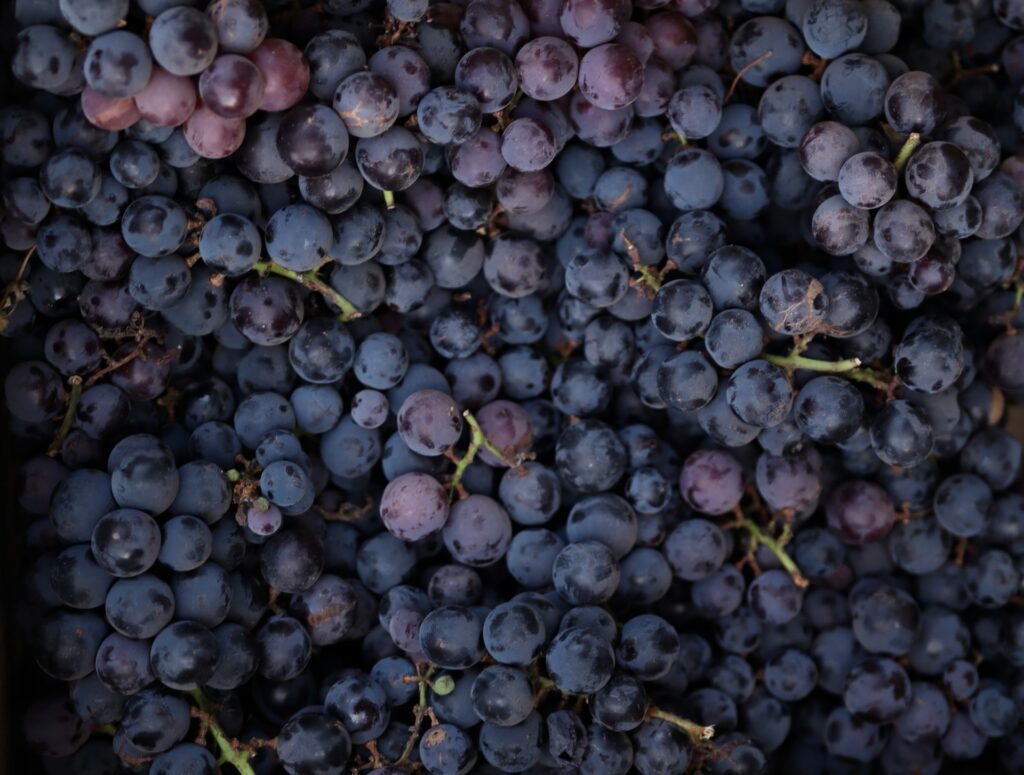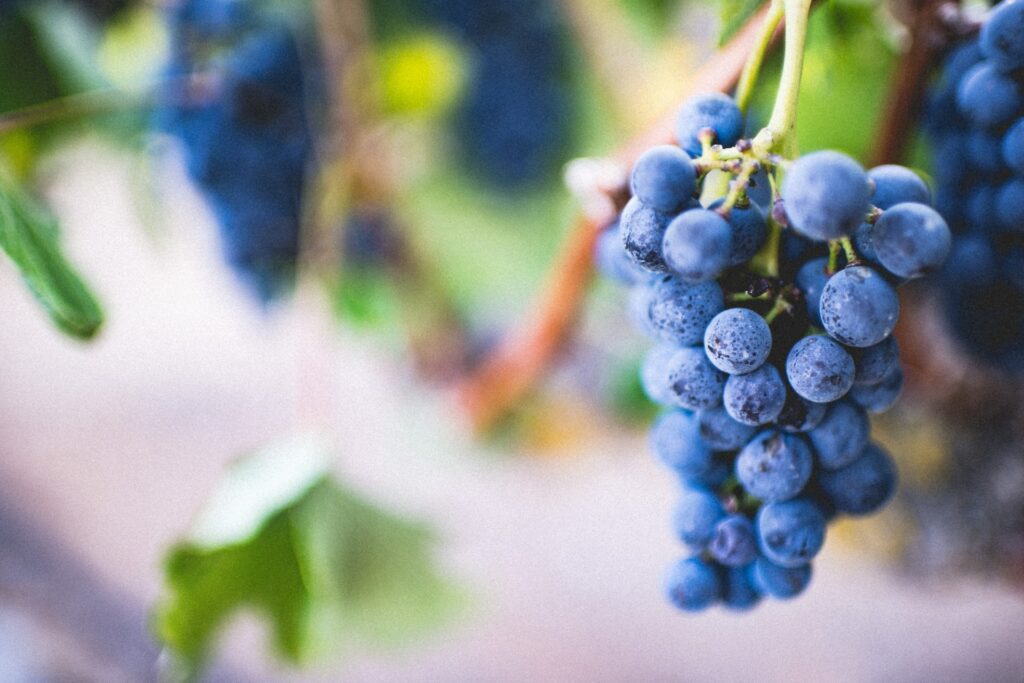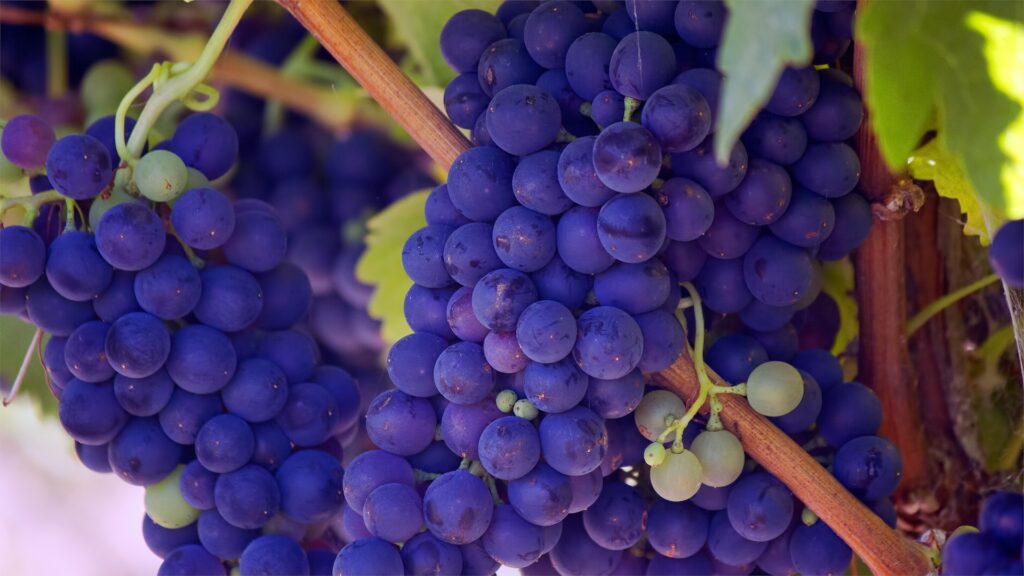08/21/2023 | Agriculture and Farming | 9 MINUTE READ
Measuring the pH of Grapes at Harvest Time

Whether you have a backyard vineyard at your home or manage a winery, knowing when to harvest grapes is among the most crucial aspects of creating a delectable wine that has the right taste. While it’s possible to tell that a grape is ripe by tasting it, you can obtain more accurate results with pH testing. With the right sensor, you can capture readings that tell you if a wine has reached the ideal ripeness. Even small differences in pH readings can be the difference between the perfect grape and one that can no longer be used in creating wine.
Choosing when to harvest your grapes is challenging for many reasons. Along with determining grape maturity, you must also effectively predict the wine quality if you decide to harvest grapes now. There are two options that people tend to oscillate between. You could either delay the harvest until the grapes reach the desired parameters or pick them now to avoid further issues. In this guide, you’ll find out how to measure the pH of grapes to ensure you don’t harvest them before they’re ripe.

Importance of pH Measurement
In the 20th century, the primary instrument used to identify the quality of a grape was a refractometer. While this instrument tells you how much sugar content is in a specific grape, it’s not as effective or accurate as a pH sensor. Today, it’s possible to assess grape quality with both tools.
The pH of a grape can have a sizable impact on the winemaking process as well as the final wine characteristics. For red wines, the optimal pH range is 3.2-3.6. For white wines, the best range is 3.0-3.3. If the pH is low, the wine will have a tarter taste to it. A high pH indicates that the grapes are too ripe or that the soil consists of too much potassium. In this scenario, the wine would likely have a flat taste.
There’s also a higher chance of bacterial growth when the pH is high. Because of how much pH readings can impact the quality of wine, it’s important to obtain numerous readings in the days before the grapes are harvested.
Tools and Equipment
To perform grape analysis, you’ll need a high-quality pH meter. These meters are designed to tell you how acidic or alkaline a solution is. When using a pH meter, you’ll receive readings that range from 0-14.
Anything below the neutral number is acidic. If the reading is 7.1 or above, it’s considered to be alkaline. For wine to maintain the proper characteristics of the grape it’s based on, the grape must have a highly acidic pH. If the pH gets close to a neutral reading, there’s a good chance that the wine won’t have a strong taste to it. There are numerous types of pH meters at your disposal, which include the following:
- Combination pH sensor
- Differential pH sensor
- Laboratory pH sensor
- Process pH sensor
While all pH sensors provide precise readings, the ones you should use for grape analysis include the combination and differential pH sensors. No matter which sensor you use, it’s essential that you keep it well-maintained and properly calibrated. The calibration process involves using two data points to alter pH values and arrive at a proper reading.
Make sure the solutions you choose represent the most likely range of measurement that will occur while using the sensor. You could place one solution at a pH value that’s slightly lower than the minimum and another with a pH that’s just above the maximum. Carefully rinse the sensor after every use.

Sample Collection and Preparation
To select the right harvest date, grapes should be sampled periodically to identify the levels of pH, flavor compounds, acids, and sugar. By taking samples on a regular basis, you can determine how much the pH or flavor compounds change in a short period of time. Any decisions you end up making are based on a small sample size, which is why it’s important to collect samples properly. You should be confident that the grapes you choose reflect the maturity level for the whole crop.
During this process, you need to use the right techniques for extracting juice from the grapes. Your samples should closely reflect the composition that occurs at a winery. The two types of grape sampling you can perform include berry sampling or cluster sampling.
If you opt for the cluster sampling process, you can select a sample of around seven to nine clusters per acre. Each cluster should be well spaced out and should represent different areas on the vine. For instance, you can pick one cluster above the cordon and another below the cordon. You should perform this process early in the morning
Try to choose 200 or more berries for every block while making your selections as random as possible. However, you should avoid picking berries from outside rows or row-end plants. To ensure cleanliness and quality, store your selected grapes in a container or plastic bag, which should be placed in your refrigerator until it’s time to process them. You should try to process every berry you’ve picked within 24 hours.
For berry sampling, collect around two samples of 100 berries. You can improve your accuracy by obtaining five samples of 100 berries. The variation in your sampling results will likely come from the vine position and the amount of sun exposure. When using the berry sampling process, you’ll pick individual berries instead of entire clusters.
Steps to Measure pH
Measuring the pH of your grapes takes a few short steps, which are as follows:
- Weigh the grapes to better understand your crop load
- Use a juicer or similar instrument to crush the grapes and extract juice
- Calibrate your pH meter
- Insert your pH meter into the juice
- Receive a final reading in less than a minute
To ensure accuracy, it’s highly recommended that you record multiple readings. If you obtain variations in your readings, the meter might not be properly calibrated. If it is, your results should be consistent. Don’t wait too long between each reading.

Interpreting pH Readings
As touched upon previously, different grape varieties and wine styles have different ideal pH ranges for you to consider. Whether you’re testing white or red wine grapes, you should receive readings below 4.0. However, the Roussanne wine is best when the grapes have a pH of higher than 4.0, which ensures it has time to develop its characteristic flavor.
As mentioned above, it’s possible for wine to become flat and less flavorful with a higher pH. For many grapes and wine varietals, a reading of more than 4.0 results in a poor-tasting wine. Consider the following when you’re obtaining pH measurements:
- Unripe grapes – 3.1 pH
- Ideal grapes – 3.4 pH
- Too ripe – 3.8 pH
- Low sugar level and poor taste – 4.0 pH or above
The optimal reading is usually around 3.0-3.5. When you receive this reading, it’s time to harvest the grapes.
Factors Affecting Grape pH
There are several factors that affect grape pH, which include the climate, your vineyard management practices, and the soil. Look out for heavy rains when you’re getting close to harvest time. If it rains just before harvest, the grapes may swell and crack, which can hurt the PH level and dilute the flavors.
High precipitation can also lead to soil acidification, which can alter grape acidity beyond the estimated pH ranges. If you have poor vineyard management practices and don’t properly extract the juice from the grape, you might not receive accurate readings. It’s essential that you pay attention to these factors throughout the growing season. You should begin sampling your vineyard a few weeks before the harvest date. If the readings fluctuate more than anticipated between each reading, make note of anything that occurred in the time between each sampling.
Tips and Best Practices
To properly use a pH sensor, you must calibrate and clean it on a regular basis. In fact, calibration should occur before every use, which means that the sensor will also need to be cleaned before placing it in any solution. Even if you properly maintain your pH meter, it’s possible for errors to occur if the electrode surface is contaminated or the electrode naturally ages.
While calibrating the sensor will help you keep it in good condition, you should still replace it in accordance with the manufacturer’s recommendations. Use pH monitoring all throughout the sampling process for the best results.

Importance of Monitoring pH During Winemaking
While pH sensors are most important before you’ve harvested the grapes, they can also be used throughout the entire winemaking process. You should take continuous measurements of the wine during the fermentation and aging process to ensure everything’s going according to plan.
If you need to pick grapes when they’re too ripe, it’s important to add tartaric acid to reduce the pH before you complete the winemaking process. By adding tartaric acid, you’ll be able to make the wine microbial-stable, which improves the color, and helps maintain wine preservation. While it’s possible to adjust pH with tartaric acid, your best bet is to pick the grapes when they’re at the ideal pH, which makes it easier to maintain the wine’s chemistry.
Conclusion
Taking pH measurements is an important aspect of identifying the quality of your grapes and making sure the wine you’re producing has the right taste and characteristics. Choosing the best time to harvest your grapes is among the most challenging aspects of making wine, which is why you should take advantage of every tool at your disposal. By measuring pH consistently in the weeks preceding the harvest, it’s more likely that you’ll pick the grapes at the perfect time. Incorporate regular pH analysis into your grape cultivation and winemaking processes to improve your yields and the quality of your wine.
Posted by Dominic O'Donnell on August 21, 2023
Sensorex is a global leader in the design and manufacture of quality sensors for water quality and process applications. The company offers more than 2000 sensor packages for pH, ORP, conductivity, dissolved oxygen, free chlorine, chlorine dioxide, UV transmittance and other specialty measurements, as well as a full line of sensor accessories and transmitters. Its expert technical support engineers solve analytical sensor challenges with custom designs and off the shelf products.




